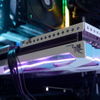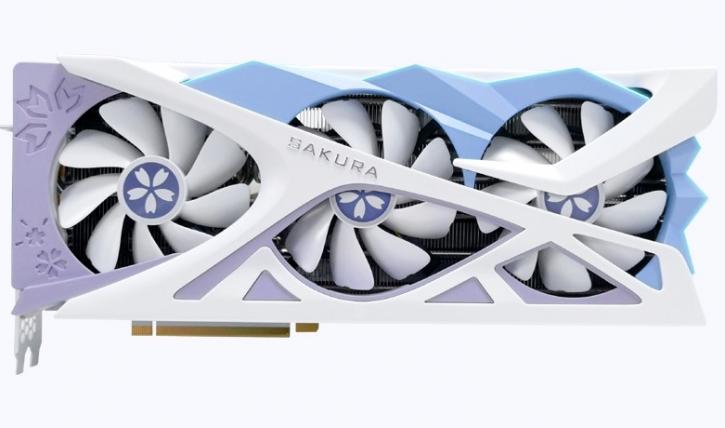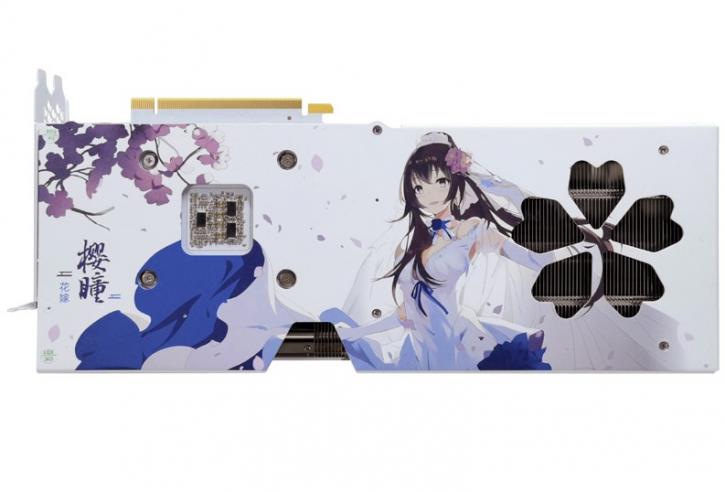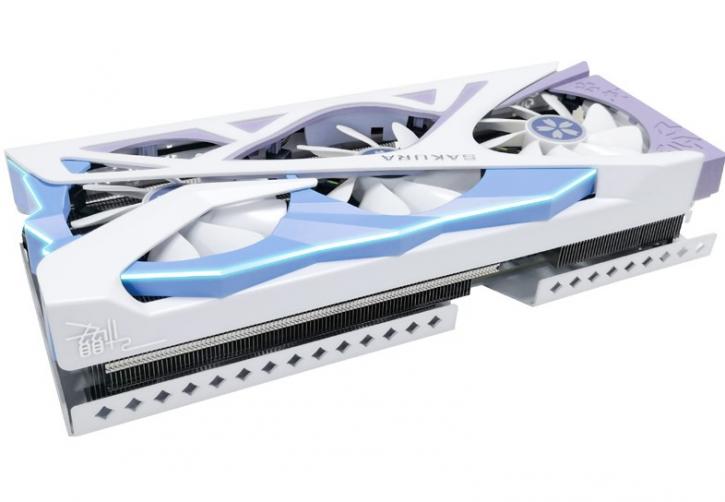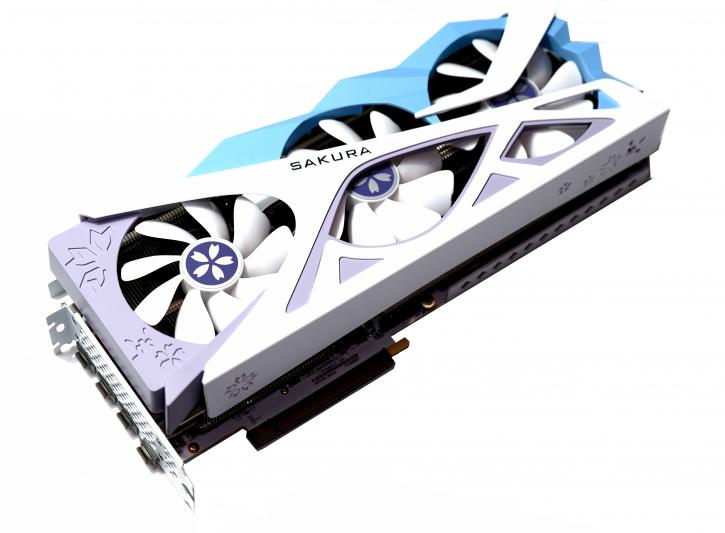Introduction
Yeston GeForce RTX 4070 Ti Sakura Hitomi
Undervolting process and impact on the performance
Yeston has submitted the original-looking Sakura Hitomi GeForce RTX 4070 Ti variant. Manga inspired the design. It has a unique look, silent cooling. As for the chip itself – yes, this is the same product that was supposed to be a 4080 12 GB initially, but then Nvidia renamed it into the 4070 series due to market reception and confusion. It has the upgraded (vs. RTX 3xxx series) Tensor cores, which should provide better performance at all fronts, more extensive ray-tracing features, and DLSS 3.0. NVIDIA’s RTX 4000 GPU offers impressive performance. Before the launch of the NVIDIA GeForce RTX 4000 series of graphics cards, reports were appearing about the high power consumption of the upcoming models. The GeForce RTX 4090 was said to draw as much as 600 watts, raising legitimate concerns about operating culture and the GPU’s ability to cool efficiently. It turned out that the rumors were not reflected in reality. This article will mainly focus on undervolting the provided GPU (although most of the standard procedure will stay as an introduction to the “main dish”).
But what is the undervolting?
Undervolting is a procedure where you reduce the voltage supplying its chip, which can benefit computer users. Undervolting should lower the graphics card’s temperature (you can avoid overheating, one of the most common problems computer users face) and noise level and save energy (which should help reduce a computer’s running costs). These things are crucial for gamers and enthusiasts because these benefits are always welcome, especially with the most powerful graphics chips with high power requirements. Additionally – a too-hot graphics card can lead to performance drops and even damage to the hardware (undervolting should improve your GPU lifespan). Using TSMC’s 4N technology process, the Ada Lovelace architecture is distinguished by its high energy efficiency.
There are two ways to undervolt:
- The first one is to apply a voltage limit, which is very straightforward, as you move one slider and then confirm. When using the power limits of the graphics card, you do not even need to check the stability of the graphics chip.
- Set the voltage curve, for example, in the MSI Afterburner, and we’ll mainly focus on that approach.
The AD104 GPU powers the GeForce RTX 4070 Ti’s 7,680 shader cores, can generate 40 FP32 Shader-TFLOPS for rendering rasterized graphics, 240 Fourth Generation Tensor Cores, which is capable of 641 Tensor-TFLOPS (with Sparsity) for AI processing and DLSS, 60 Third Generation Ada RT Cores, which can cause 93 RT-TFLOPS for driving next-generation ray-tracing. The GeForce RTX 4070 Ti, like the other GPUs in Nvidia’s RTX 40 Series, features Ada technologies like Shader Execution Reordering (SER), the new RT core engines, and DLSS 3. NVIDIA did not launch a reference design (Founders Edition); only the board partners released this card. The reference boost frequency is 2.610 GHz. This card has a 192-bit memory bus, 12Gb at 21 Gbps, and a relatively okay TGP (Total Graphics Power) of 285W.
Today’s review hero is not a reference model but the Yeston Sakura Hitomi version, Yeston’s finest series. The company’s Sakura Hitomi Series has been revised for the 4000 series with improved and larger (33 cm long) cooling. The fan’s diameter is upgraded to 91mm (from 83 mm), and the thickness is 20mm (instead of 15 mm). The CFM is now 70, not 46. One of the standout features of the Yeston RTX 4070 Sakura is its colorful, anime-inspired shroud design. The RTX 4070 Ti employs the latest 12 GB of GDDR6X graphics RAM and a shader count of 7680. Yeston equipped the card with a semi-passive layout, meaning the three fans only start spinning and cooling when the GPU temperature rises. This card’s 2610 MHz clock is a standard one. The card ships with one BIOS, and there is no option to select a higher-spec config. Please utilize this graphics card with a power supply of at least 700-750 watts if you plan on using it alongside other high-end components. It has dimensions of 330 x 136 x 67mm and a weight of 1.3 kg.
One important note – the performance figures in this review are not directly comparable to Hilbert’s regular results you see on this website, as the conditions, hardware, and equipment differ. Instead, it’s focused on showing the influence of the undervolting on the performance and the power consumption.
Ok, let's begin with the product photos.
